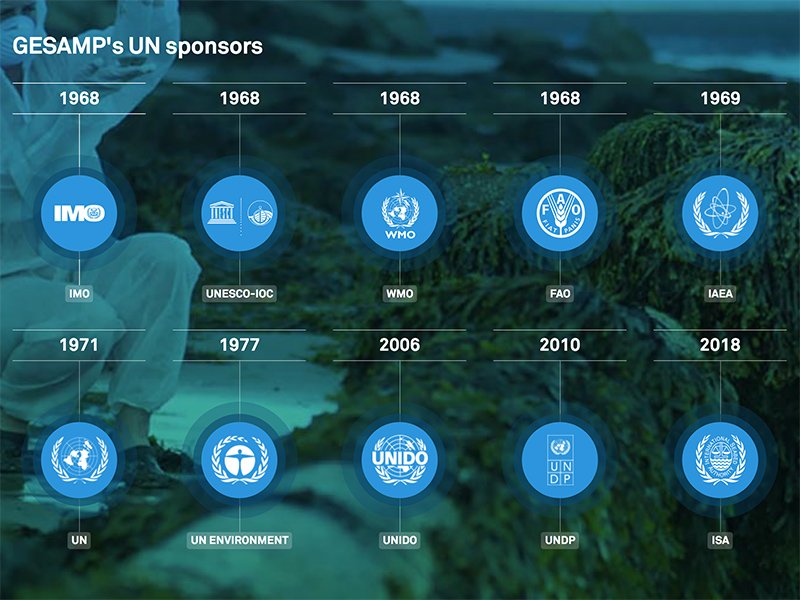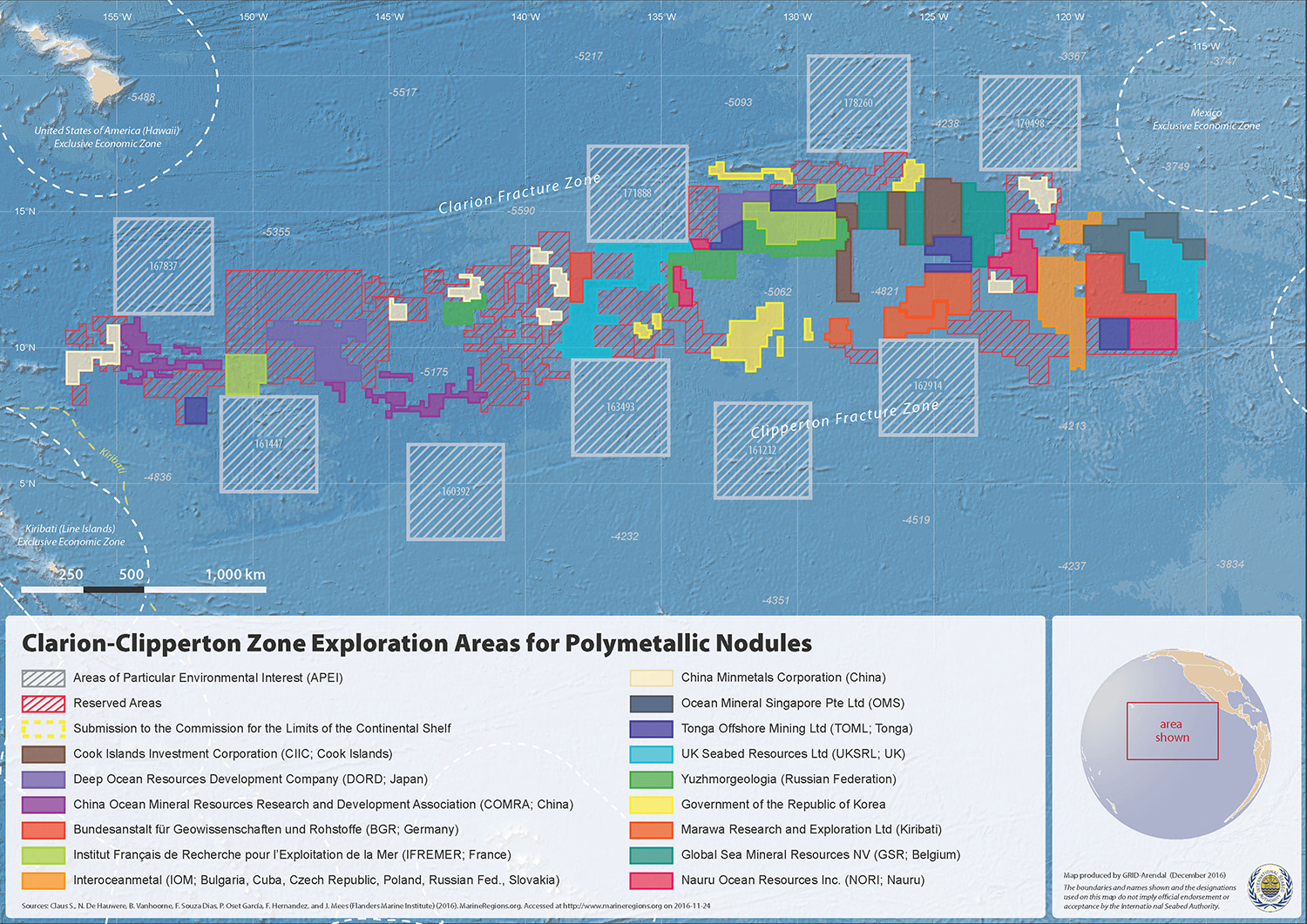Opinion by Andrew Thaler, DSMO Editor-in-Chief
The Earth Negotiations Bulletin was not present at the first part of the 27th Session of the International Seabed Authority. When the ISA Secretariat announced at the February 2020 meeting that they would not be renewing the ENB contract, I did not expect that their absence would be quite as impactful as it was. ENB provides an essential service, documenting the negotiations as they happen, with daily briefings. This allowed stakeholders to keep up with a large, complex discussion. It was an invaluable resource that allowed delegates to take a break from the big room without missing critical context.
During a moment when remote participation is critical to the success of the Authority, that resource would have helped virtual delegates, negotiating across time zones and navigating numerous technical hurdles, to keep pace with those present in the room.
But the ENB wasn’t the only major absence at the meeting. Press attendance was non-existent at the session, a combination of pandemic-related travel restrictions, a growing comfort with remote observation, and a last minute change to the ISA media policy which added an extra level of administrative complexity to reporters intending to attend the meeting. The ISA reports that, though two journalist did apply for media accreditation for the Spring session, neither attended the meeting.
For full disclosure: I personally opted to observe the meeting remotely due to travel restrictions. The ISA Web-TV stream was excellent. The Secretariat has done a good job ensuring that that part of the meeting was as accessible as possible. Where things fell apart was in keeping up with the meetings that happen outside of the big room, catching up with delegates and observers in the halls between sessions, and getting a sense of the emotions in the room. All of that helps inform accurate reporting of events.
The ISA Secretariat has been media shy for several years now, which is unfortunate and is ultimately detrimental to the contractors and sponsoring states. One of the biggest asymmetries between contractors and NGOs is that the nature of environmental campaigning requires extensive press coverage, an incentive that is not shared by extractive industries. It is far more difficult to get comments and interviews from mining contractors than from environmental non-profits. Following an ISA meeting, I can count on comments, statements, and interview responses from pretty much every NGO and observer group who attended, but it’s a good month if I can get one or two mining contractors to respond to questions.
This isn’t a criticism. Every stakeholder has different priorities, and contractors are far more restrained in what they can say publicly. When I taught a robotics class sponsored by Nautilus Minerals, we had to go through a strict chain of approval in order to make any public statement. That’s just the way it works.
The exception is on the ground at the ISA meeting, where it is far easier to sit down and talk with representatives from mining companies, and sponsoring states, to arrange quick interviews, and to get basic questions answered from people who are empowered to make public statements. In the end, there’s a balance between effort and outcomes. The fewer press attend the ISA meetings in person, the greater the views and values of environmental NGOs will be represented in the ensuring media coverage.






